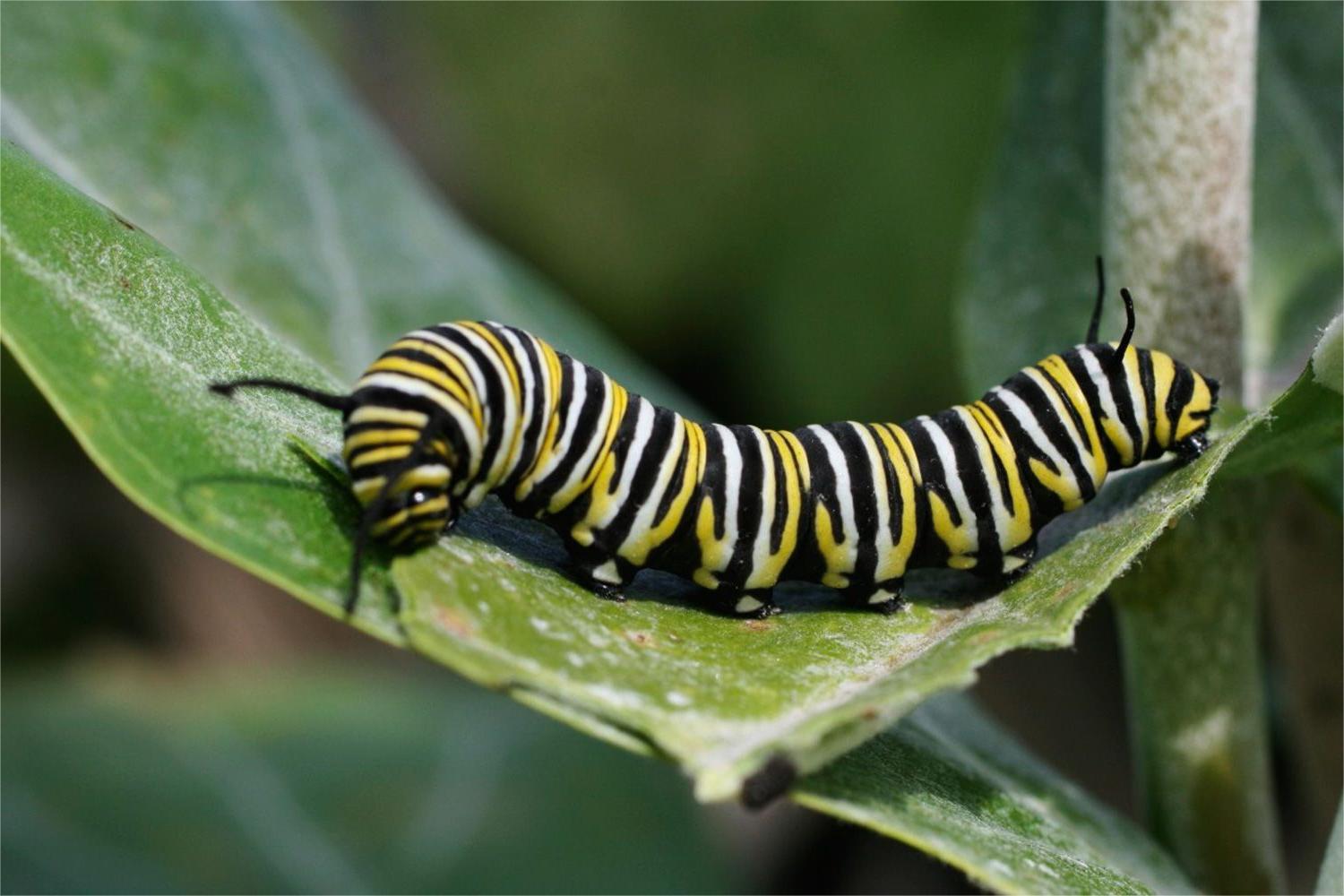
Caterpillars are more than just the larval stage of butterflies and moths. These fascinating creatures have unique characteristics that make them stand out in the insect world. Did you know that some caterpillars can mimic snakes to avoid predators? Or that they have up to 4,000 muscles in their tiny bodies? Caterpillars also play a crucial role in ecosystems by serving as a food source for many animals. They come in various shapes, sizes, and colors, each adapted to their specific environment. Whether you're a budding entomologist or just curious, these 28 facts will give you a deeper appreciation for these incredible insects.
Caterpillar Basics
Caterpillars are fascinating creatures with unique characteristics. Here are some intriguing facts about these larvae of butterflies and moths.
-
Caterpillars are the larval stage of butterflies and moths. They undergo a complete metamorphosis, transforming from egg to larva (caterpillar), then pupa, and finally adult.
-
There are over 20,000 species of caterpillars worldwide. Each species has its own unique appearance and behavior.
-
Caterpillars have six true legs. These legs are located near the head and are used for grasping and holding onto surfaces.
Physical Characteristics
Caterpillars come in various shapes, sizes, and colors. Their physical traits are not just for show; they serve important functions.
-
Most caterpillars have additional prolegs. These are fleshy, stub-like structures that help them move and cling to surfaces.
-
Caterpillars have tiny hooks called crochets on their prolegs. These hooks help them grip leaves and stems securely.
-
Some caterpillars can grow up to 12 inches long. The largest caterpillar, the Hickory Horned Devil, can reach this impressive length.
-
Caterpillars have up to 4,000 muscles. This is significantly more than humans, who have around 600 muscles.
Eating Habits
Caterpillars are voracious eaters. Their diet and eating habits are crucial for their growth and development.
-
Caterpillars primarily eat leaves. They can consume up to 27,000 times their body weight during their larval stage.
-
Some caterpillars are carnivorous. Species like the Hawaiian Eupithecia moth caterpillar feed on other insects.
-
Caterpillars have strong mandibles. These jaw-like structures help them chew through tough plant material.
Defense Mechanisms
Caterpillars have developed various strategies to protect themselves from predators.
-
Many caterpillars are camouflaged. Their colors and patterns help them blend into their surroundings.
-
Some caterpillars mimic other animals. The Spicebush Swallowtail caterpillar, for example, looks like a snake to scare off predators.
-
Caterpillars can produce toxic chemicals. These toxins deter predators from eating them.
-
Some caterpillars have spines or hairs. These structures can be irritating or even poisonous to potential threats.
Life Cycle and Transformation
The life cycle of a caterpillar is a remarkable process that involves significant changes.
-
Caterpillars molt several times. They shed their skin as they grow, a process known as molting.
-
The final molt reveals the pupa. This stage is also called the chrysalis for butterflies and cocoon for moths.
-
Caterpillars undergo metamorphosis. Inside the pupa, they transform into their adult form.
-
The transformation can take weeks or months. The duration depends on the species and environmental conditions.
Unique Behaviors
Caterpillars exhibit some interesting behaviors that are worth noting.
-
Some caterpillars build shelters. They use silk to create protective structures like tents or leaf rolls.
-
Caterpillars can communicate through vibrations. They produce these vibrations by drumming their bodies against surfaces.
-
Certain caterpillars are social. Species like the Eastern Tent Caterpillar live and feed in groups.
Environmental Impact
Caterpillars play a significant role in their ecosystems, both positively and negatively.
-
Caterpillars are important pollinators. While feeding on flowers, they inadvertently transfer pollen.
-
They are a crucial food source. Many birds, mammals, and other insects rely on caterpillars for sustenance.
-
Caterpillars can be pests. Some species, like the Gypsy Moth caterpillar, cause significant damage to crops and forests.
Fun and Unusual Facts
Here are some quirky and lesser-known facts about caterpillars.
-
Caterpillars have poor eyesight. They rely on their antennae and sense of touch to navigate.
-
Some caterpillars can inflate parts of their bodies. This makes them look larger and more intimidating to predators.
-
Caterpillars can produce silk. They use it to create cocoons, build shelters, or even rappel down from trees.
-
The word "caterpillar" comes from Old French. It means "hairy cat," a reference to their often fuzzy appearance.
Final Thoughts on Caterpillars
Caterpillars are more than just future butterflies. These little critters play a crucial role in our ecosystem. They serve as a food source for many animals and help with plant pollination. Their unique defense mechanisms, like camouflage and toxins, are fascinating survival strategies. Some caterpillars even have symbiotic relationships with ants, offering sugary secretions in exchange for protection. Understanding these facts can deepen our appreciation for these often-overlooked creatures. Next time you spot a caterpillar, remember it's not just a bug but a vital part of nature's intricate web. So, keep an eye out and maybe even share some of these cool facts with friends. Caterpillars truly are amazing, and knowing more about them can make us more mindful of the natural world around us.
Was this page helpful?
Our commitment to delivering trustworthy and engaging content is at the heart of what we do. Each fact on our site is contributed by real users like you, bringing a wealth of diverse insights and information. To ensure the highest standards of accuracy and reliability, our dedicated editors meticulously review each submission. This process guarantees that the facts we share are not only fascinating but also credible. Trust in our commitment to quality and authenticity as you explore and learn with us.
